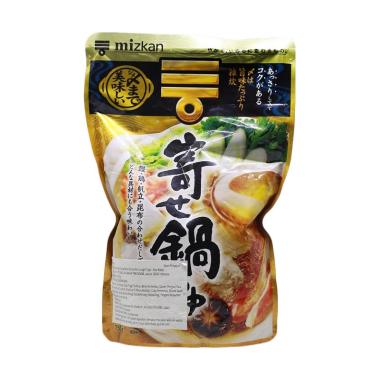No products in the cart.
[Nguyên Liệu Nấu Yose Nabe (lẩu Yose) Kiểu Nhật, Hướng Dẫn Nấu Chi Tiết] Lẩu Yose (Yose Nabe) là một món ăn Nhật Bản vô cùng hấp dẫn với hương vị thanh tao, ngọt nhẹ và rất dễ ăn. Được chế biến với nước dùng đậm đà từ cá bào, kombu và rong biển, lẩu […]

